About Human Resource –
Human Resources is the term used to describe people who work for a company and Human Resource Management is a term used to describe the management and development of employees in an organization. Also synonymously referred as people or personnel or talent management, the human resource as a function primarily involves overseeing activities related to managing of human capital in an Organisation.
History and Origin
The term first coined in 1893 by John R. Common, the term “human resource” was used in the book “The Distribution of Wealth”. The term subsequently was used during 1910s to 1930s to promote the idea that human beings were an object of value, that should be promoted to realise human dignity. This changed in the early 1950’s as “human resource management” developed viewing people as a means of an end for emloyers. Among scholars the first use of “human resources” in its modern form was in a 1958 report by economist E. Wight Bakke.
Critical Functions
- Recruiting and staffing
- Compensation and benefits
- Training and learning
- Labor and employee relations
- Organization development
RECRUITMENT
 Recruiting from a Human Resource perspective, is the process of sourcing and obtaining prospective candidates for the job. From prospective candidates the best candidate can be selected. It refers to stimulating and getting as many applications as possible from the job hunters. It denotes the first contact made by the employer with the possible applicants. Therefore, it is through recruitment, people come to know about the company and makes a decision regarding whether they want to work for it or not.
Recruiting from a Human Resource perspective, is the process of sourcing and obtaining prospective candidates for the job. From prospective candidates the best candidate can be selected. It refers to stimulating and getting as many applications as possible from the job hunters. It denotes the first contact made by the employer with the possible applicants. Therefore, it is through recruitment, people come to know about the company and makes a decision regarding whether they want to work for it or not.
After chalking out number and kinds of employees required, the identification of sources of recruitment, to find out the perfect match for the job. There are two sources of recruitment internal (recruitment from within the organisation) and external (recruitment outside the organisation).
Theoretically, the process is considered complete on the receipt of applications from job seekers. However, practically the process is stretched to screening so as to eliminate unfit candidates from the pool of qualified job applicants.
Staffing
The managerial function, which is concerned with obtaining and maintaining the capable, committed and competent workforce to fill all vacant positions from top to bottom, in the corporate ladder, is staffing. In simple terms staffing involves obtaining, employing and retaining a satisfactory and satisfied human resource in an organisation. It is concerned with placement, growth and development of human resources for undertaking various managerial and operational activities of the organisation.
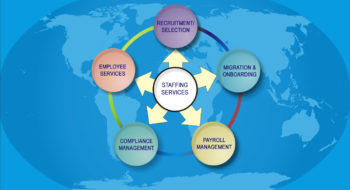 It aims at recognizing the importance of each employee in an organisation, as it is the individual worker, who is responsible for the work assigned to him. As the workforce of the organisation has a crucial role to play, because the company’s ability to accomplish its goal relies highly on the quality of its human resources. Hence, the hiring and development should be performed carefully, in a systematic manner.
It aims at recognizing the importance of each employee in an organisation, as it is the individual worker, who is responsible for the work assigned to him. As the workforce of the organisation has a crucial role to play, because the company’s ability to accomplish its goal relies highly on the quality of its human resources. Hence, the hiring and development should be performed carefully, in a systematic manner.
The process is concerned with providing the right number of candidates at right time and place, so as to ensure effective and timely attainment of organisational objectives. The following steps are involved in the process:
- Analysis of workforce requirement
- Job analysis
- Recruitment
- Selection
- Placement
- Orientation and Induction
- Training and Development
- Performance appraisal
- Promotion and Transfer
- Compensation
Compensation and benefits
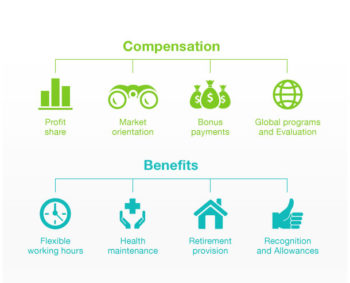 Compensation and benefits refers to the compensation/salary and other monetary and non-monetary benefits passed on by a firm to its employees. Compensation and benefits is an important aspect of Human Resource Management as it helps to keep the workforce motivated. It helps give benefits to employees based on their performance and actions and brings the best out the employees at workplace.
Compensation and benefits refers to the compensation/salary and other monetary and non-monetary benefits passed on by a firm to its employees. Compensation and benefits is an important aspect of Human Resource Management as it helps to keep the workforce motivated. It helps give benefits to employees based on their performance and actions and brings the best out the employees at workplace.
Importance of compensation and benefits
Companies hire people individual to achieve their organizational goals and people join companies to earn money & build their career. One of the biggest factors why people join companies in the compensation and benefits, salaries, perks, incentives etc which is given to them. Apart from the company's reputation and job profile, the money offered as a salary is pivotal in attracting people to work for the organization. The more the compensation and benefits offered to employees, the more is their loyalty, motivation to work and do well. However, companies which offer lesser salaries see a high attrition rate and less productivity from employees. All these factors help in making compensation and benefits an important factor in managing workforce. Salaries of employees are defined by several parameters like experience, education background etc. In senior management, skills like team management, communication management, leadership, time management etc are also considered while finalizing the pay package.
Training
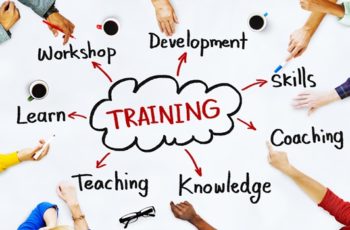
Training, on the other hand, focuses more on the development of new skills or skill sets that will be used. Training is the process each new employee goes through when joining a company to learn how to carry out the day-to-day operations, know how their department works and how job-specific tools operate in order to carry out their responsibilities. In essence, through training, we are not looking to reshape the behavior of an individual rather the point is to teach the employee or learner how things are done so that they can then carry out a process on their own.
Learning
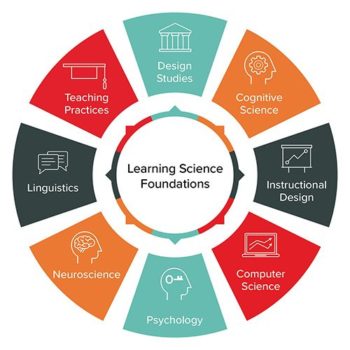 As mentioned above, learning is the process of absorbing information and retaining it with the goal of increasing skills and abilities in order to achieve goals – but it’s more than that. Learning is what we go through when we want to be equipped for non-specific and unexpected situations and the two are not mutually exclusive. While you do learn to do something specific, you are also inadvertently equipped with the knowledge and/or skills to face future challenges. In essence, learning is all about equipping a person to tackle not just today’s issues, but preparing him/her to creatively come up with ways to tackle tomorrow’s issues.
As mentioned above, learning is the process of absorbing information and retaining it with the goal of increasing skills and abilities in order to achieve goals – but it’s more than that. Learning is what we go through when we want to be equipped for non-specific and unexpected situations and the two are not mutually exclusive. While you do learn to do something specific, you are also inadvertently equipped with the knowledge and/or skills to face future challenges. In essence, learning is all about equipping a person to tackle not just today’s issues, but preparing him/her to creatively come up with ways to tackle tomorrow’s issues.
Employee & Labor Relations
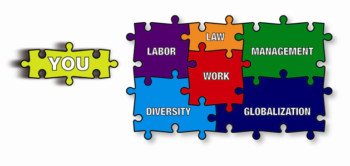 The Labor Relations Office provides assistance and advice to managers and supervisors in the following areas:
The Labor Relations Office provides assistance and advice to managers and supervisors in the following areas:
- Performance Management
- Layoff Planning
- Discipline & Dismissal
- Contract interpretation and administration (Union contracts and relevant personnel policies)
- Complaint/Grievance processing (represented and non-represented staff)
- Represents management in employee disputes/grievance proceedings
- Mediates/negotiates resolution of complaints with employee representatives
- Responds to union information requests
Organization Development (O.D.)
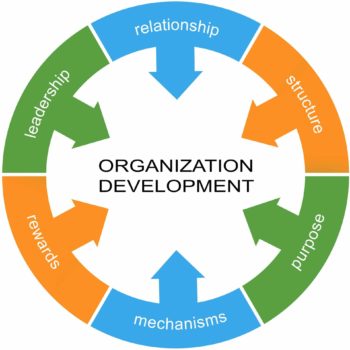 Organization Development is the systematic application of behavioral science knowledge at various levels, such as group, inter-group, organization, etc., to bring about planned change. Its objectives is a higher quality of work-life, productivity, adaptability and effectiveness. It accomplishes this by changing attitudes, behaviors, values, strategies, procedures and structures so that the organization can adapt to competitive actions, technological advances and the fast pace of change within the environment.
Organization Development is the systematic application of behavioral science knowledge at various levels, such as group, inter-group, organization, etc., to bring about planned change. Its objectives is a higher quality of work-life, productivity, adaptability and effectiveness. It accomplishes this by changing attitudes, behaviors, values, strategies, procedures and structures so that the organization can adapt to competitive actions, technological advances and the fast pace of change within the environment.
There are seven characteristics of organizational development:
- Humanistic Values: Positive beliefs about the potential of employees.
- Systems Orientation: All parts of the organization, to include structure, technology and people, must work together.
- Experiential Learning: The learners' experiences in the training environment should be the kind of human problems they encounter at work. The training should not be all theory and lecture.
- Problem Solving: Problems are identified, data is gathered, corrective action is taken, progress is assessed and adjustments in the problem solving process are made as needed. This process is known as Action Research.
- Contingency Orientation: Actions are selected and adapted to fit the need.
- Change Agent: Stimulate, facilitate and coordinate change.
Top 10 Future Trends of Human Resource Management
HR Analytics – Put your data to use with HR Analytics
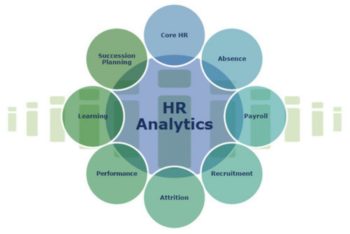 HR analytics is actually neither an unknown concept nor a new HR trend in 2020 – most people know what it means – but that doesn’t mean they’re putting analytics to good use. In fact, very few HR departments are getting the most out of their data or are fully utilising analytics tools. Often, this misuse of data can be chalked up to hard to use tools or simply getting lost in a sea of data.
HR analytics is actually neither an unknown concept nor a new HR trend in 2020 – most people know what it means – but that doesn’t mean they’re putting analytics to good use. In fact, very few HR departments are getting the most out of their data or are fully utilising analytics tools. Often, this misuse of data can be chalked up to hard to use tools or simply getting lost in a sea of data.
HR departments have been collecting data for decades, but most haven’t been putting that data to proper use. Hopefully, this is all set to change. However, until HR professionals start truly using their data and closing the gap between theory and practice, HR analytics is going to keep popping up on trend lists.
Robotic Process Automation
 Quoting CIO magazine, “RPA is an application of technology, governed by business logic and structured inputs, aimed at automating business processes”. In practice, RPA tools are fantastic for supporting data driven processes. Companies can configure software, or a robot, to interpret applications for processing a transaction, manipulating data, triggering responses and communicating with other digital systems – automatically.
Quoting CIO magazine, “RPA is an application of technology, governed by business logic and structured inputs, aimed at automating business processes”. In practice, RPA tools are fantastic for supporting data driven processes. Companies can configure software, or a robot, to interpret applications for processing a transaction, manipulating data, triggering responses and communicating with other digital systems – automatically.
Robotics Process Automation (RPA) meets Human Resources (HR)
Saving time and being more effective is always highly appreciated by any organisation or industry, but what can RPA do specifically for HR? In short, the automation RPA allows HR professionals to focus on the most important parts of their work.
Example: In recruitment, instead of having to manually update the applicant tracking system after a new hire, make a new employee record for the employee database, and gather employee documentation, RPA can do it all. Thanks to the fact that different software systems can communicate with each other, RPA is also able to double-check HR compliance.
Artificial Intelligence
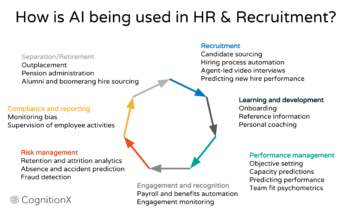 AI is a common subject of conversation at the moment, and for good reason. It’s considered by many experts to be driving the fourth industrial revolution. But what exactly is AI? In simple terms, true AI is an algorithm that takes data and as a result of that data can do something beyond what it was coded to do originally. This means it can learn something without human intervention.
AI is a common subject of conversation at the moment, and for good reason. It’s considered by many experts to be driving the fourth industrial revolution. But what exactly is AI? In simple terms, true AI is an algorithm that takes data and as a result of that data can do something beyond what it was coded to do originally. This means it can learn something without human intervention.
Luckily, that doesn’t mean robots are taking over your job. As a recent report by PWC put it, “The judgment calls of the human professional are, and always will be, decisive in people management“. AI will, however, provide more time, more capacity, more budget, and better information for us to make those important decisions.
Artificial Intelligence (AI) meets Human Resources (HR)
Most pure AI applications available today are for recruitment and hiring processes. They reduce recruiting timelines and help in candidate screening. AI can also help to predict when to start hiring people for a certain department to prevent having unfilled positions during crucial periods.
What’s more, AI can make HR operations run more smoothly, so people get more done instead of drowning in paperwork. AI can keep track of operations to help HR stay on top of things and create valuable insights by suggesting actionable strategies based on data. It’s for reasons like this companies around the world, big and small, are beginning to use AI applications.
When considering AI, it’s important to understand that automation and analytics are not AI. In our experience, many of the processes in HR currently labelled as AI are actually automated processes, so be careful not to confuse them or try to buzz things up by name-dropping AI. Remember: true AI means it can do something that it’s not coded to do. This ultimately means that most advanced AI applications are expensive and not widely used just yet. As tech evolves however, they will be more readily available and will become an integral a part of our daily lives.
Virtual Reality
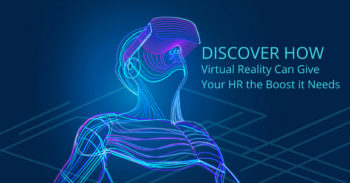 In simple terms, VR seeks to create a realistic 3-D image or environment, which humans can perceive as real and interact with in realistic ways. Quite logically, this makes VR an ideal gaming technology. There are a number of exciting ways it can enhance HR capabilities as well, especially within recruitment and hiring, onboarding, learning, and development.
In simple terms, VR seeks to create a realistic 3-D image or environment, which humans can perceive as real and interact with in realistic ways. Quite logically, this makes VR an ideal gaming technology. There are a number of exciting ways it can enhance HR capabilities as well, especially within recruitment and hiring, onboarding, learning, and development.
Virtual Reality meets Human Resources
A well-known example of the successful use of VR technology is The British Army, who already uses VR to overcome its recruitment challenges. It recently created four VR experiences based on combat training, adventure training, tank training and parachute training. These were then posted on YouTube 360 as a part of their recruitment strategy. The results were excellent, with an increase in applications of 65% in the first month the campaign ran and an increase of 41% in the second month.
VR can also be used as part of a screening process for other hands-on roles. What’s more, tailored VR experiences help pinpoint the most skilled candidates pre-interview. Once at the interview stage, VR can enable candidates to demonstrate their practical skills. This means that if a lot of on-the-job training is required for the role, VR can be a fantastic investment.
Millennial Workforce on the rise
 People used to love complaining about millennials. The truth however, is that they’re one of the main drivers of positive change. Born in the digital age, millennials are tech-savvy and value digitalisation in all its forms. At their best, millennials bring fresh ideas and new workflows into an organisation and value new ways of working.
People used to love complaining about millennials. The truth however, is that they’re one of the main drivers of positive change. Born in the digital age, millennials are tech-savvy and value digitalisation in all its forms. At their best, millennials bring fresh ideas and new workflows into an organisation and value new ways of working.
This is great news for companies. When you consider the fact that millennials now make up the majority of the work force, it becomes clearer than ever that they are not a trend or a theoretical concept. They are here and now, reshaping our world and how we work in it. As the next generation, Generation Z, who are used to instant access to just about anything, joins the work force, these changes are sure to accelerate even more.
Holacracy
 Holacracy is a new, decentralised challenger to traditional working methods. In a holacracy, power doesn’t operate top-down, but is equally distributed throughout the organisation. This gives employees the freedom to self-manage without straying from the organisation’s purpose. A structured set of rules grants this freedom and eliminates problems like uneven power dynamics and duty-related guesswork.
Holacracy is a new, decentralised challenger to traditional working methods. In a holacracy, power doesn’t operate top-down, but is equally distributed throughout the organisation. This gives employees the freedom to self-manage without straying from the organisation’s purpose. A structured set of rules grants this freedom and eliminates problems like uneven power dynamics and duty-related guesswork.
Gig economy
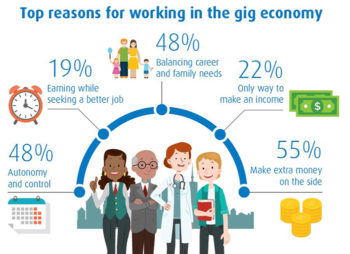 Gig economy is an economy that, well, runs on gigs. In this type of labour market, short-term contracts and freelancing reign supreme over permanent contracts. This grants employees flexibility and freedom to pick and choose jobs or even the amount of work performed.
Gig economy is an economy that, well, runs on gigs. In this type of labour market, short-term contracts and freelancing reign supreme over permanent contracts. This grants employees flexibility and freedom to pick and choose jobs or even the amount of work performed.
Gig economy is more than just a small movement these days. In fact, more than 57 million workers in the United States – that’s one third of all workers – are part of the gig economy.
For many people, the gig economy provides lifestyle benefits that often are hard to come by in traditional working life, such as a high degree of flexibility and the opportunity to be your own boss.
Teal organisation
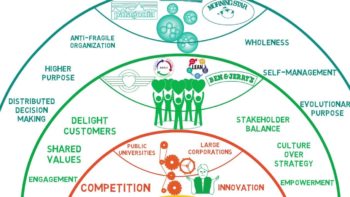 Based on the work of Professor Clare W. Graves, a Teal organisation is the proposed next level in a series of colour-coded developmental levels throughout human history. Graves believed that humanity was ready for a momentous leap forward – which, according to followers, is a leap into Teal.
Based on the work of Professor Clare W. Graves, a Teal organisation is the proposed next level in a series of colour-coded developmental levels throughout human history. Graves believed that humanity was ready for a momentous leap forward – which, according to followers, is a leap into Teal.
Teal organisations revolve around three specific values: self-management, wholeness and evolutionary purpose. In practice, this means hierarchies are removed and people are empowered to be their true selves, while working together towards a goal without competition.
Employee experience
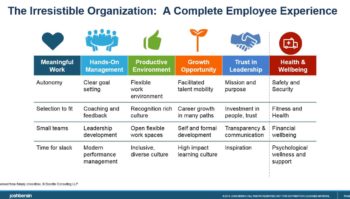 All the observations and perceptions employees have during their time working for an organisation be described as the employee experience – i.e., the journey the employee takes with your organisation. The employee experience cycle includes all phases from attracting and hiring talent, onboarding and engaging the new employees, steering performance and development, to offboarding. Understanding and developing this experience as a whole should be at the top of every HR department’s list, since it can lead to tremendous benefits for both the employee and the organisation.
All the observations and perceptions employees have during their time working for an organisation be described as the employee experience – i.e., the journey the employee takes with your organisation. The employee experience cycle includes all phases from attracting and hiring talent, onboarding and engaging the new employees, steering performance and development, to offboarding. Understanding and developing this experience as a whole should be at the top of every HR department’s list, since it can lead to tremendous benefits for both the employee and the organisation.
By promoting employee experience, HR can for instance help increase employee well-being and ultimately reduce sick days and sick leaves. This knowledge will also increase employee retention, as employees don’t feel the need to switch to another company. What’s more, keeping employees engaged creates a more dedicated workforce for powering sustainable growth. Finally, it can work magic over your employer brand, making it easier to find better matches among candidates and recruit new talent.
Employee engagement
 All of the phases within the employee experience journey are important when attracting people and having them commit to your company. When it comes to managing change, engaging your employees is especially important. If you can’t make your own employees believe in what your company is doing, how can you expect your employees to make your customers believe in it?
All of the phases within the employee experience journey are important when attracting people and having them commit to your company. When it comes to managing change, engaging your employees is especially important. If you can’t make your own employees believe in what your company is doing, how can you expect your employees to make your customers believe in it?
Employees need to feel their relationship with the company they work for is meaningful. After all, on average they spend over 90,000 hours of their life working. If people spend those hours feeling dissatisfied, frustrated and stressed, they’re clearly not going to give their best for the company. Consequently, the ultimate goal is to foster employees who aren’t just committed to the company but are driven to help it meet its goals by building strengths and purpose.
To make sure the employees are engaged, they first need to know what the company’s goal is. Second, they need to believe they can fulfill it and be motivated to reach it. Finally, they must feel that they’re being listened to and have access to the right resources, such as training, databases, information and networks.








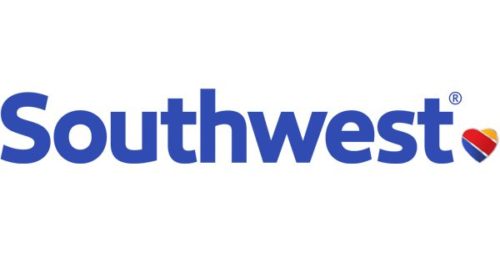
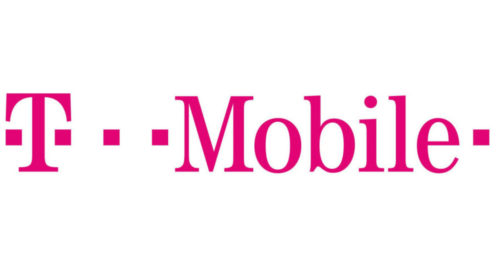


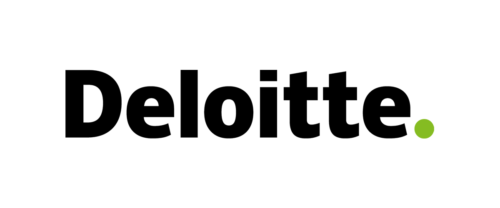



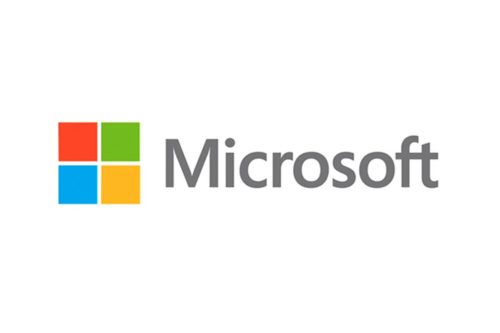

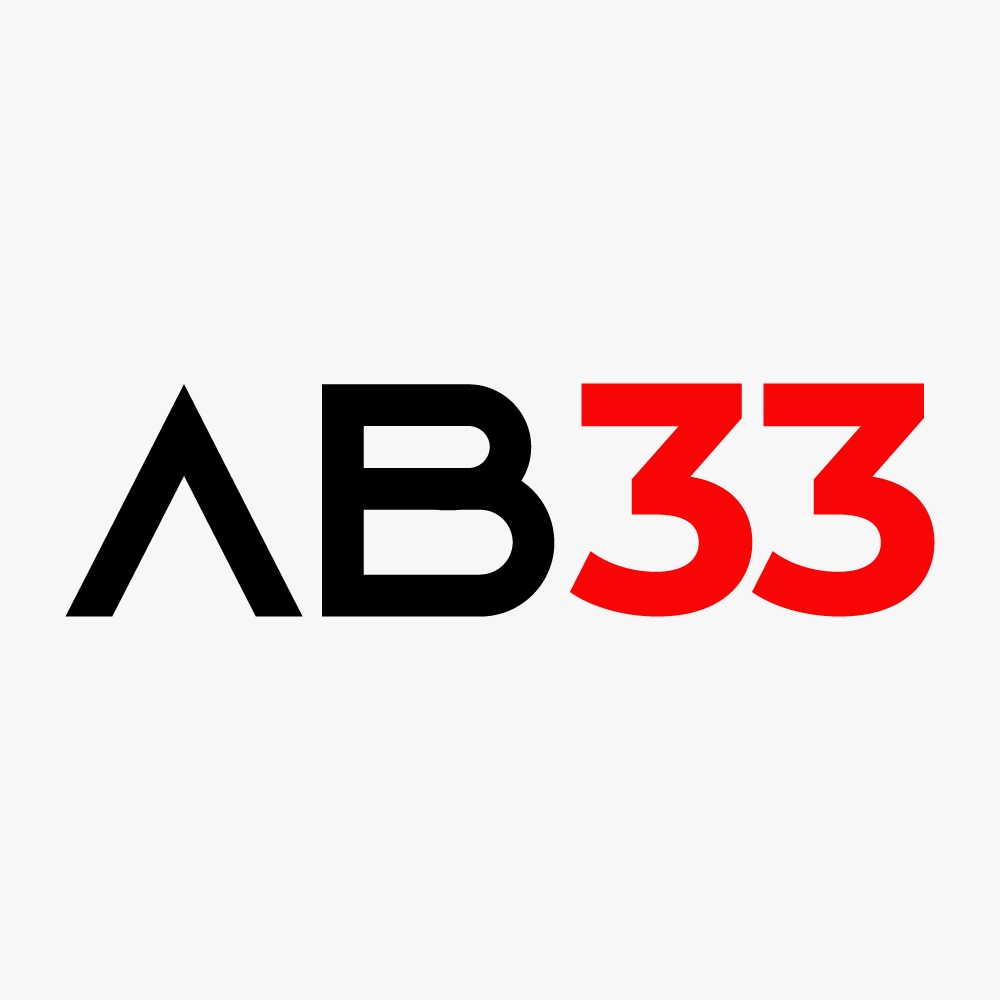

Leave a Reply